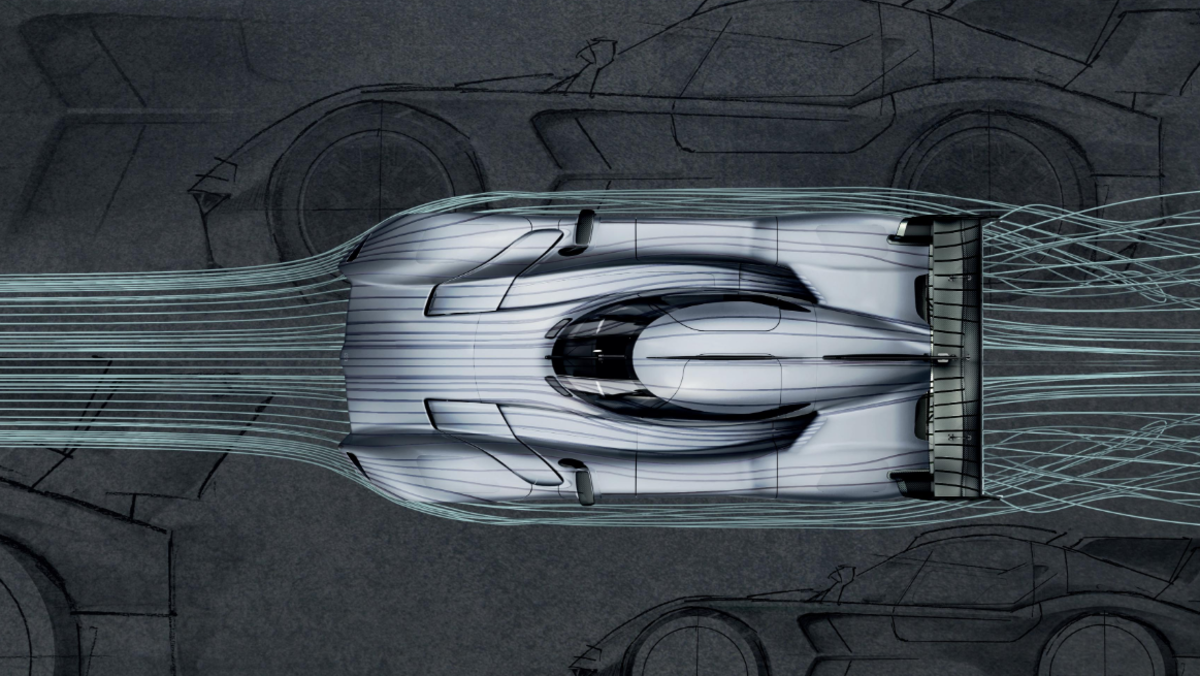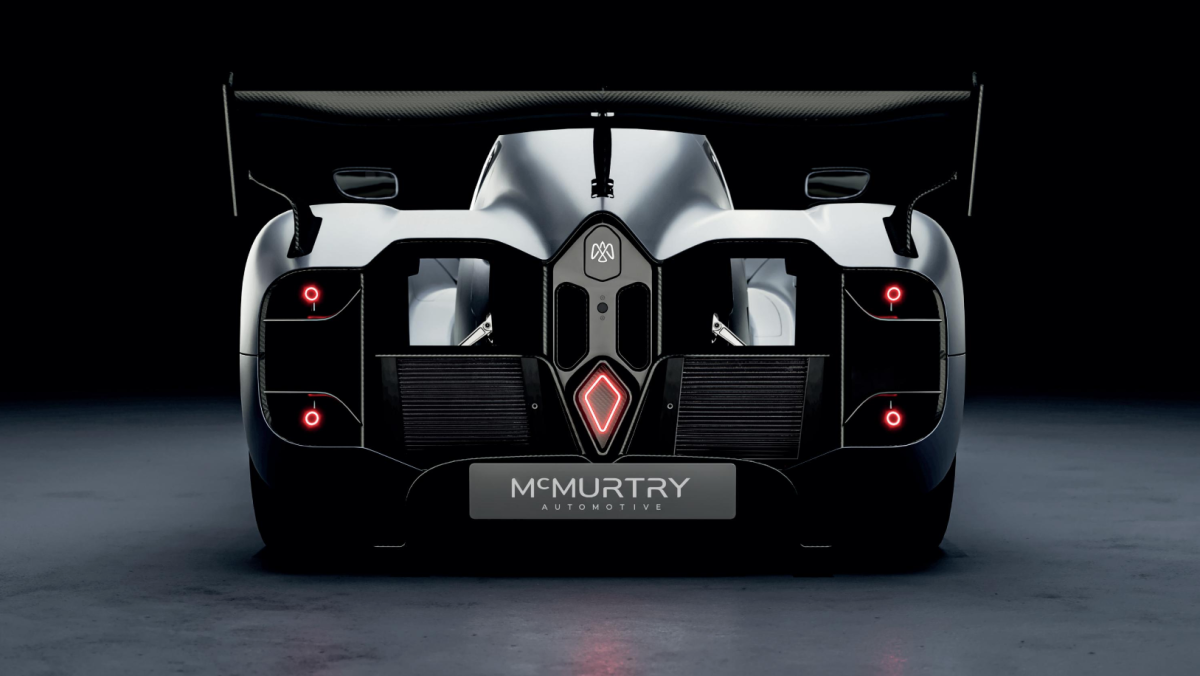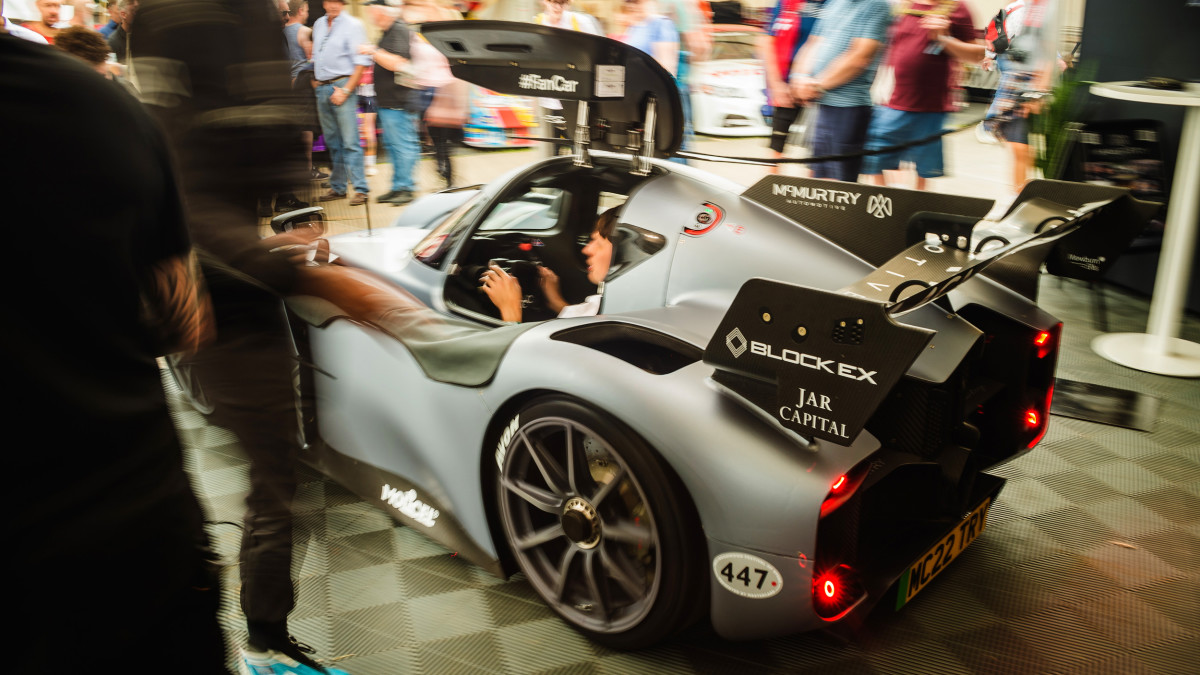This Is Not Science Fiction
Imagine an electric track car that blasts to 60 mph in 1.38 seconds, generates 2,000 kg of downforce at zero speed, and carries a $1.13 million price tag. That’s the McMurtry Speirling. Every stab at the throttle plants you firmly in your seat like Maverick’s Tomcat. Few machines on earth deliver this kind of visceral thrill — and the Speirling isn’t just for pro drivers.
Although, budget-friendly? Only if you consider a small South Pacific island budget-friendly.

Performance and Drivability Insights
The McMurtry Speirling detonates off the line, eclipsing top-tier EV hypercars. It rockets from 0–60 mph in 1.38 seconds, thanks to 1,000 hp and a 1,000 kg curb weight — an unrivaled power-to-weight ratio . By comparison, the Tesla Model S Plaid takes 2.0 seconds and weighs 4,766 lb.
Steering feels razor-sharp. The rack-and-pinion setup relays every surface detail without twitchiness. Suspension grips aggressively through pitch and roll, then soaks up track bumps with race-car poise. Fan-powered downforce pushes cornering g-loads past 3Gs, yet transitions stay smooth and predictable.

View the 3 images of this gallery on the
original article
Real-World Usability and Design Notes
The Speirling’s cabin serves a single driver. A carbon-fiber monocoque and closed cockpit offer motorsport-grade safety. You get an adjustable steering column and pedals — but no infotainment screen, just critical lap data.
Expect a 60 kWh pack built around Taiwanese cell maker, Molicel. It uses Molicel’s P50B cylindrical cells with, one of the first silicon-carbon anode EV batteries on the market that has every chance of being the next big thing. This Molicel pack recharges in 20 minutes at 600 kW and delivers roughly 25 minutes of full-tilt lapping.
Related: McMurtry Automotive Speirling to get a road-legal version
On public roads, aggressive regen and the lightweight design yield about 50 MPGe. That 50 MPGe beats the fuel economy of mainstream hybrids like the 2025 Toyota Prius Eco at 56 mpg combined, or the 2025 Honda Insight at 52 mpg combined.
Unlike these small hybrids, though, noise does climb past 120 dB when fans spin up, so ear protection earns its keep. Storage and comfort take a back seat to performance, and the $1.1 million sticker guarantees exclusivity.

Silicon-Anode Battery Tech
Using silicon anodes boosts energy density up to 40% over graphite and cuts charge times in half. There is even some industry talk of 90-second 0-100% EV charging. Molicel deploys US-made Group14’s SCC55® material under license, pairing Taiwan’s cell-assembly expertise with advanced silicon chemistry.
Verdict: Daily Grind Meets Enthusiast Thrill
The McMurtry Speirling feels like sprinting alongside supercars — but leaving them in the dust. It won’t haul groceries or connect to Bluetooth, but it delivers fan-driven grip and lightning reflexes. You trade creature comforts and cargo space for pure, unfiltered performance.
This car is incredible. Its speed is out of this world. But the battery tech is where we need to be watching. Consider this almost hypersonic EV as the runway model for future EV batteries. Getting this silicon battery tech out to a larger market solves energy density and therefore range and charging anxiety, and would spark a new age for EVs.
For the enthusiast who lives for tactile feedback, track precision, the world flying past at breakneck speed, and the world’s first silicon-carbon battery EV, the Speirling stands alone.

View the 3 images of this gallery on the
original article